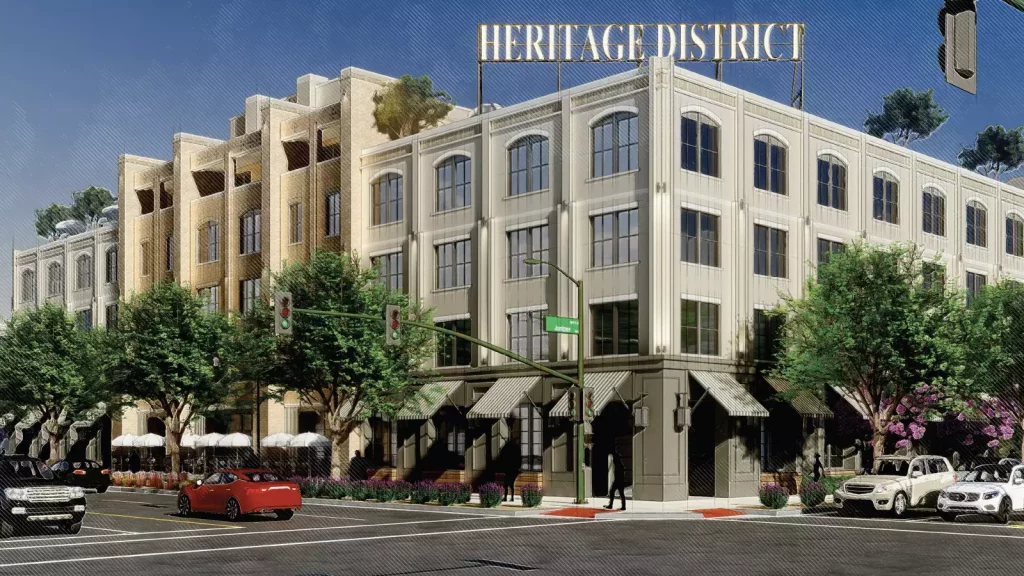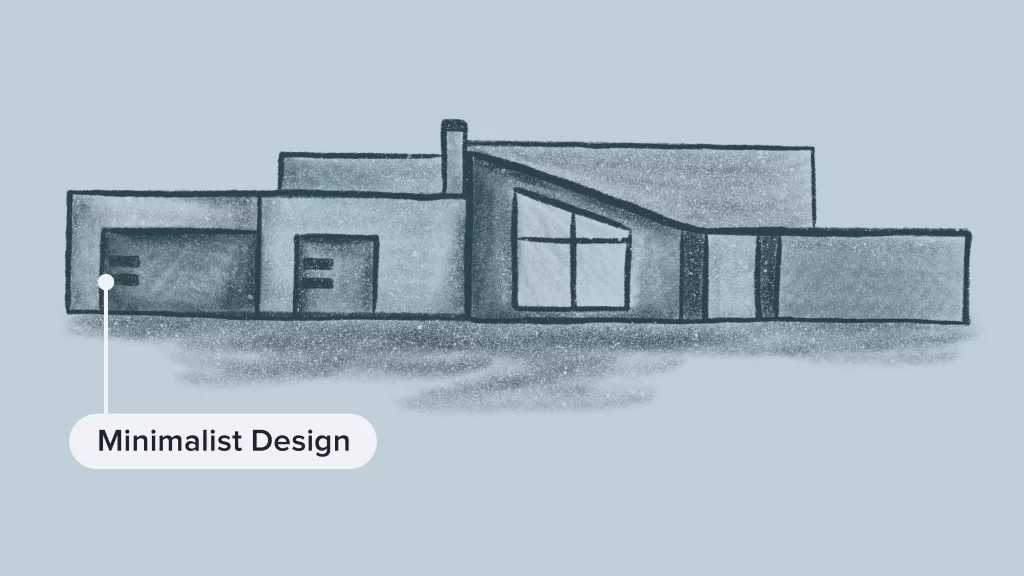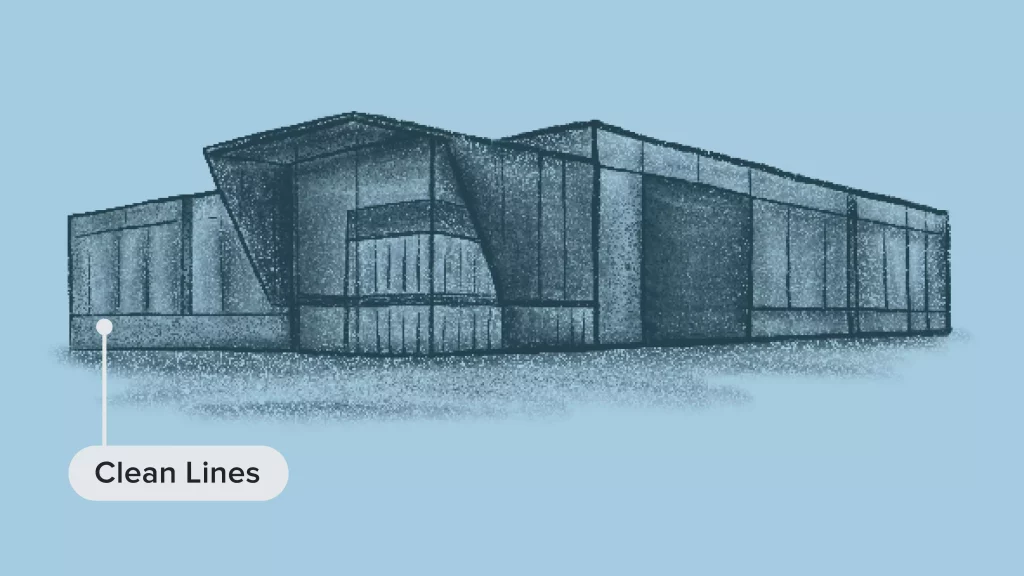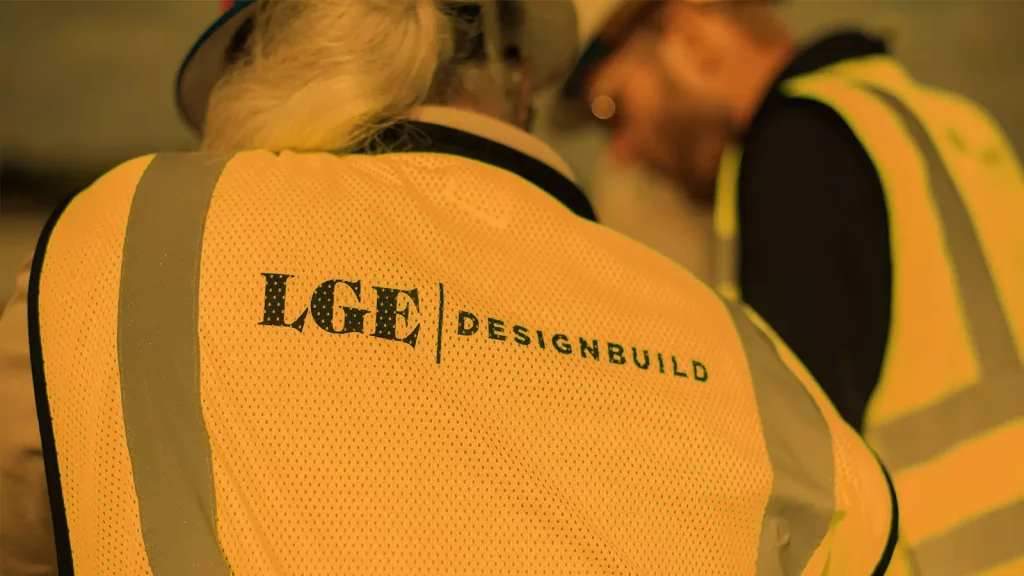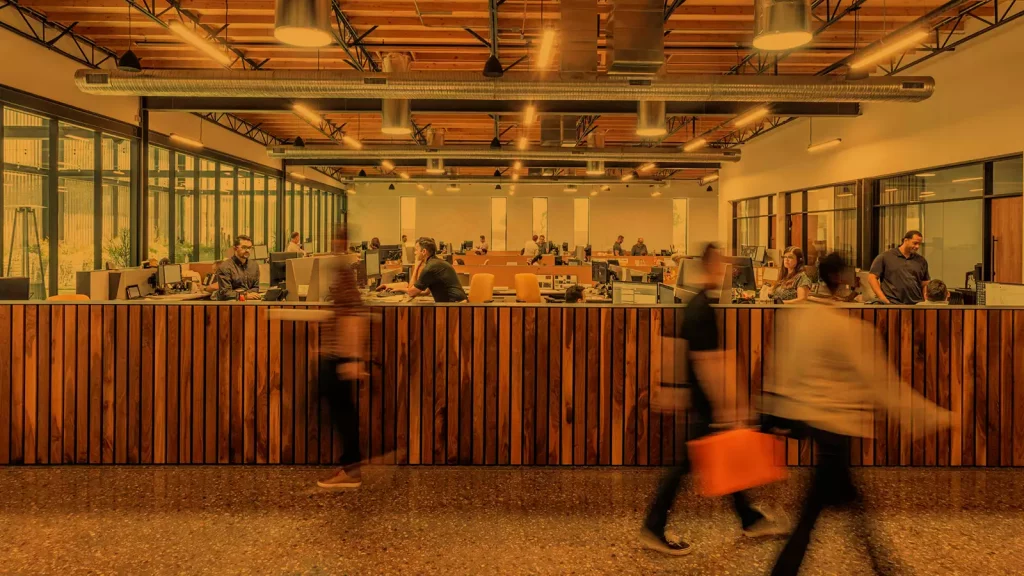The already vibrant downtown area of Gilbert, Ariz., will soon get another injection of excitement with the highly anticipated arrival of Heritage Park. LGE Design Build is planning to construct this massive mixed-use project on 10 acres of prime real estate in the popular Heritage District for the Phoenix-based developer, Creation.
After serving as the general contractor for a number of other buildings (see below) in Downtown Gilbert, LGE will be constructing five stories of office space, totaling 150,000 square feet, along with 30,000 square feet of retail. This is all in addition to a residential structure that will include approximately 290 units, as well as a five-story hotel.
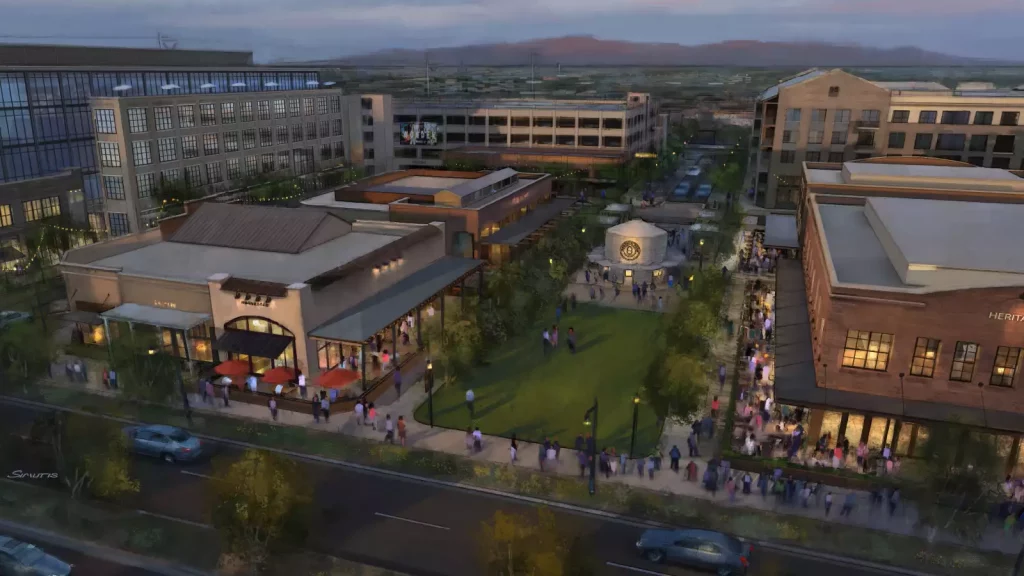
“This is the largest contiguous property in that area,” said David Sellers, Creation Co-Founder and LGE President/CEO. “What we’ve tried to do is create an extension of the Heritage District.”
The name of the project, Heritage Park, is derived from the open greenspace that will be centrally located within the mixed-use site. This park area will include a structure that looks like the top of the landmark Gilbert water tower, which sits just to the south of the property. This structure, along with the other mixed-use buildings, will be a nod to Gilbert’s historic past with a modern twist and will be consistent with the existing properties in the district.
The speed limit on Gilbert Road, which runs down the center of the Heritage District, is 25 miles per hour and provides great visibility for the businesses located there. Because most of the already-existing patio areas are facing the street, the energy of the district is more than evident, and LGE’s upcoming, mixed-use construction project will only enhance that lively feel.
“Really, at the end of the day, we want it be a true mixed-use environment,” said Sellers. “We want it to be where people live, where they work, where they visit, with the hotel. There’s going to be amazing restaurants, vibrant patios – a mix of uses, a mix of retailers.”
This project, which has been a few years in the making, immediately saw delays during the approval process due to the pandemic. The developer, Creation, and LGE Design Build worked hand-in-hand with the Town of Gilbert to push the project through.
“I think the involvement we had with the town yielded a better plan than we started out with,” said Sellers. “You would think going into it, on Day One we got it right, but there was a lot of good input from the Town and from their staff, and what we have today is a phenomenal plan. And a lot of kudos go to the Town and their staff.”
With the delays now behind them, a groundbreaking on Heritage Park is expected to be taking place very soon. LGE Design Build is looking forward to constructing this new piece of Gilbert’s bright future while also tipping a hat to their historic past.
Check out some of our other buildings we built in the Heritage District: Dierks Bentley Whiskey Row, The Porch, Postino East, Snooze, Oregano’s, Zinburger, Lolo’s Chicken & Waffles, Pomo Pizzeria, Level 1 Arcade Bar, Clever Koi, and The Collab (mixed-use office building).
